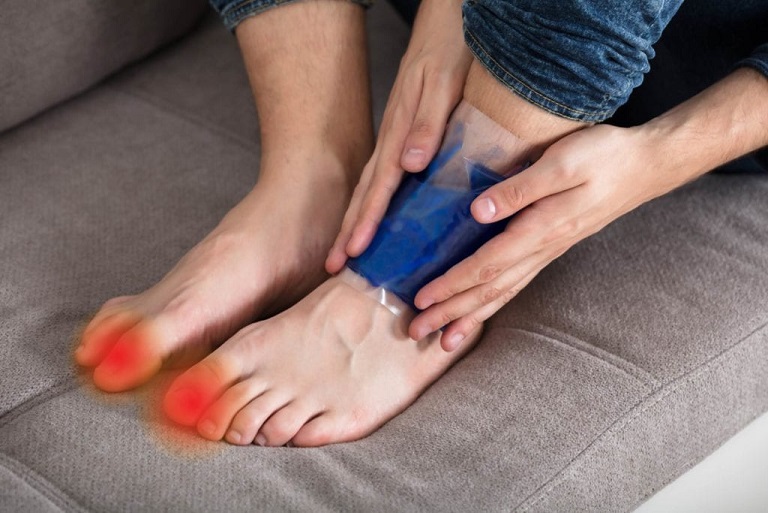All around the world, gout prevalence is growing at an alarming pace, while gout treatment remains as “horribly mismanaged” as ever.
This rapid growth has spurred on a worldwide “gout epidemic,” James O’Dell, MD, Robert L. Grissom professor of internal medicine and vice chair and chief of rheumatology at the University of Nebraska Medical Center, in Omaha, who, told the attendees at the American College of Rheumatology Covergence 2021 annual meeting.
Continue reading “‘Horribly mismanaged’: Debate over gout treatment rages as cases surge”




